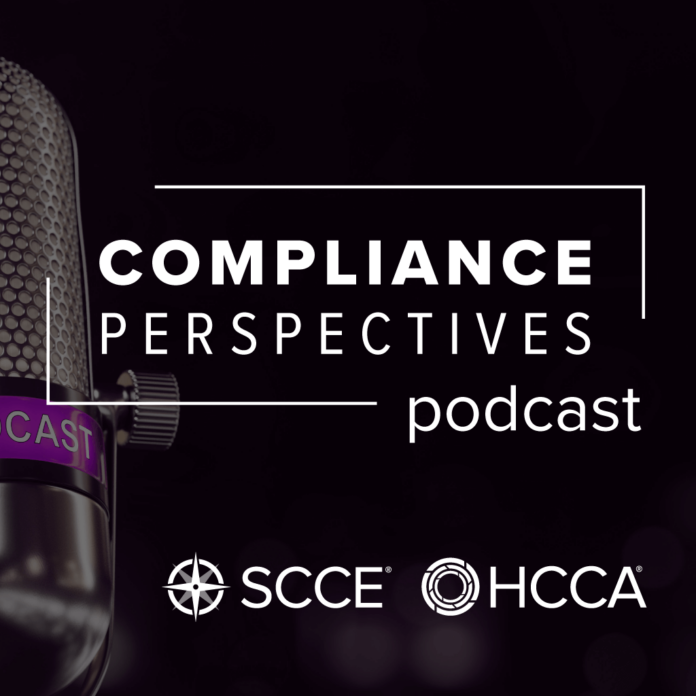Podcast: Play in new window | Download (Duration: 13:13 — 12.2MB)
Subscribe: Apple Podcasts | Email | TuneIn | RSS
Currently on hold due to pending court challenges, the SEC’s rules to standardize climate-related disclosures created a fire storm of controversy and comments when first proposed.
The final rules (assuming the courts sides with the SEC), explains Laura Ann Smith and Judy Mayo of the communications firm Labrador (LinkedIn), reflected strong industry pushback, easing the burden on some 4000 filers.
Nonetheless, there are serious demands on industry. To quote from the SEC press release, registrants will be required to disclose:
- Climate-related risks that have had or are reasonably likely to have a material impact on the registrant’s business strategy, results of operations, or financial condition;
- The actual and potential material impacts of any identified climate-related risks on the registrant’s strategy, business model, and outlook;
- If, as part of its strategy, a registrant has undertaken activities to mitigate or adapt to a material climate-related risk, a quantitative and qualitative description of material expenditures incurred and material impacts on financial estimates and assumptions that directly result from such mitigation or adaptation activities;
- Specified disclosures regarding a registrant’s activities, if any, to mitigate or adapt to a material climate-related risk including the use, if any, of transition plans, scenario analysis, or internal carbon prices;
- Any oversight by the board of directors of climate-related risks and any role by management in assessing and managing the registrant’s material climate-related risks;
- Any processes the registrant has for identifying, assessing, and managing material climate-related risks and, if the registrant is managing those risks, whether and how any such processes are integrated into the registrant’s overall risk management system or processes;
- Information about a registrant’s climate-related targets or goals, if any, that have materially affected or are reasonably likely to materially affect the registrant’s business, results of operations, or financial condition. Disclosures would include material expenditures and material impacts on financial estimates and assumptions as a direct result of the target or goal or actions taken to make progress toward meeting such target or goal;
- For large accelerated filers (LAFs) and accelerated filers (AFs) that are not otherwise exempted, information about material Scope 1 emissions and/or Scope 2 emissions;
- For those required to disclose Scope 1 and/or Scope 2 emissions, an assurance report at the limited assurance level, which, for an LAF, following an additional transition period, will be at the reasonable assurance level;
- The capitalized costs, expenditures expensed, charges, and losses incurred as a result of severe weather events and other natural conditions, such as hurricanes, tornadoes, flooding, drought, wildfires, extreme temperatures, and sea level rise, subject to applicable one percent and de minimis disclosure thresholds, disclosed in a note to the financial statements;
- The capitalized costs, expenditures expensed, and losses related to carbon offsets and renewable energy credits or certificates (RECs) if used as a material component of a registrant’s plans to achieve its disclosed climate-related targets or goals, disclosed in a note to the financial statements; and
- If the estimates and assumptions a registrant uses to produce the financial statements were materially impacted by risks and uncertainties associated with severe weather events and other natural conditions or any disclosed climate-related targets or transition plans, a qualitative description of how the development of such estimates and assumptions was impacted, disclosed in a note to the financial statements.
Even with all these requirements, Smith and Mayo recommend that companies realize that this is just a baseline. For those with operations in Europe there are requirements to meet as well.
So what else should organizations do? Among other things, they recommend establishing a process to determine materiality, work as a team with internal and external audit and risk. They should also expect the CEO and CFO to pay a great deal of attention given the personal risk to themselves.
Listen in to learn more about what the SEC’s climate disclosure rules may mean for your organization.


